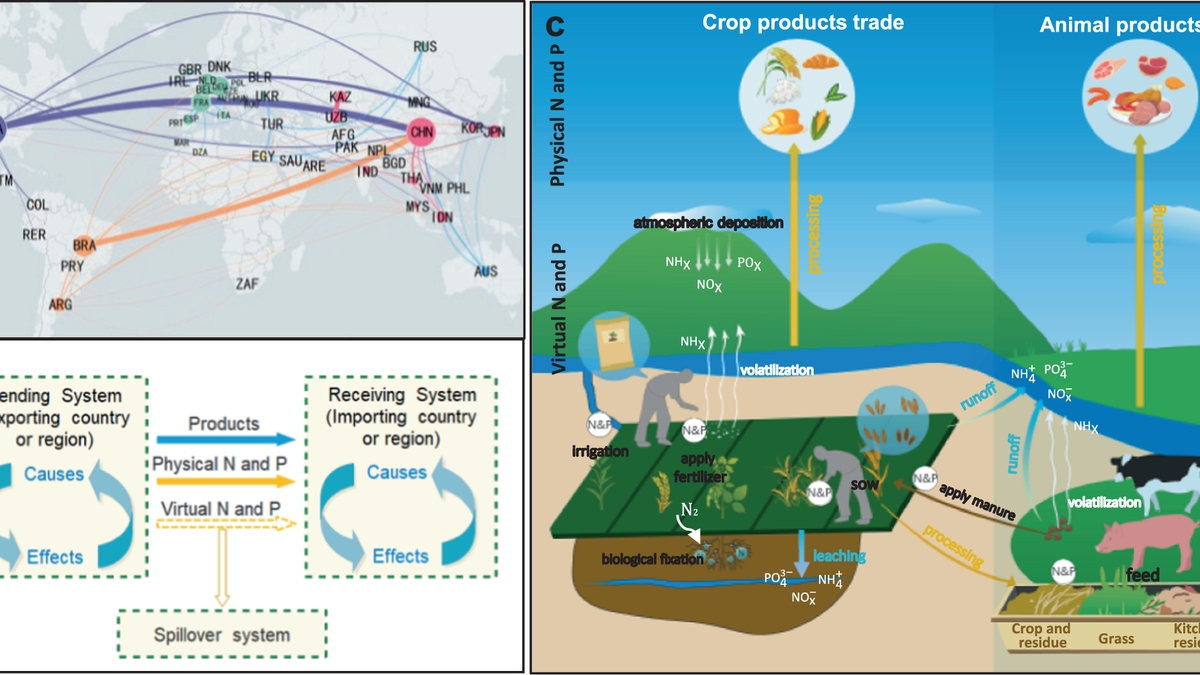
From the farm to the dinner table, food undergoes an intricate journey. It is grown in one country, processed in another, and finally consumed in a completely different region of the world. This complex process of global food trade is integral to modern living, but do we ever pause to consider its impact on our health? This article explores the global trade in nutrients and its influence on population health, with a focus on nutrient deficiencies, food safety, and food and nutrition security.
The Nutrient Trade and Population Health
The global nutrient trade plays a crucial role in ensuring access to essential nutrients for populations around the world. However, research shows variations in nutrient trade between countries, with low-income countries often having limited involvement. This discrepancy can lead to nutrient deficiencies in certain regions, resulting in health issues such as anaemia, reduced life expectancy, and increased infant mortality rates. Despite these challenges, studies also indicate positive connections between nutrient trade networks and improvements in these health outcomes.
The Importance of Food Safety in Trade
Food safety is a critical aspect of the global food trade. Unsafe food containing harmful bacteria, viruses, parasites, or chemical substances can cause over 200 different diseases. Each year, an estimated 600 million people fall ill from consuming contaminated food, leading to 420,000 deaths. This not only impacts public health but also the economy, with unsafe food costing low and middle-income countries approximately US$110 billion per year in lost productivity and medical expenses. Ensuring food safety in trade is essential to reduce these burdens and foster economic growth.
Tackling Hidden Hunger
Hidden hunger, a term used to describe dietary deficiencies in micronutrients such as iron, zinc, fatty acids, and vitamins A and B12, is a growing concern. It is suggested that adopting a diet rich in blue or aquatic foods, including fish, molluscs, and aquatic plants, could significantly improve nutrition and address hidden hunger. However, environmental changes, specifically rising sea temperatures, threaten the availability of these food sources, particularly for populations in equatorial regions. Thus, there is an urgent need to protect these food systems to ensure food security.
Striving for Food and Nutrition Security
The United States Department of Agriculture (USDA) is adopting a comprehensive approach to improve food and nutrition security. This strategy focuses on access to sufficient food for an active, healthy life and the availability and affordability of foods that promote well-being and prevent disease. With diet-related chronic diseases being the leading cause of death in the country, this approach is more important than ever. There is a need to invest in research, education, and innovation to address food and nutrition insecurity, particularly in vulnerable communities.
Conclusion
In conclusion, the global nutrient trade is a complex system that significantly influences population health. To foster food security and good nutrition, it is essential to understand this system and identify its potential weaknesses. Ensuring food safety, addressing hidden hunger, and striving for food and nutrition security are some of the ways to achieve this. With concerted effort and collaboration, it is possible to create a global nutrient trade system that not only feeds the world but also nourishes it.
